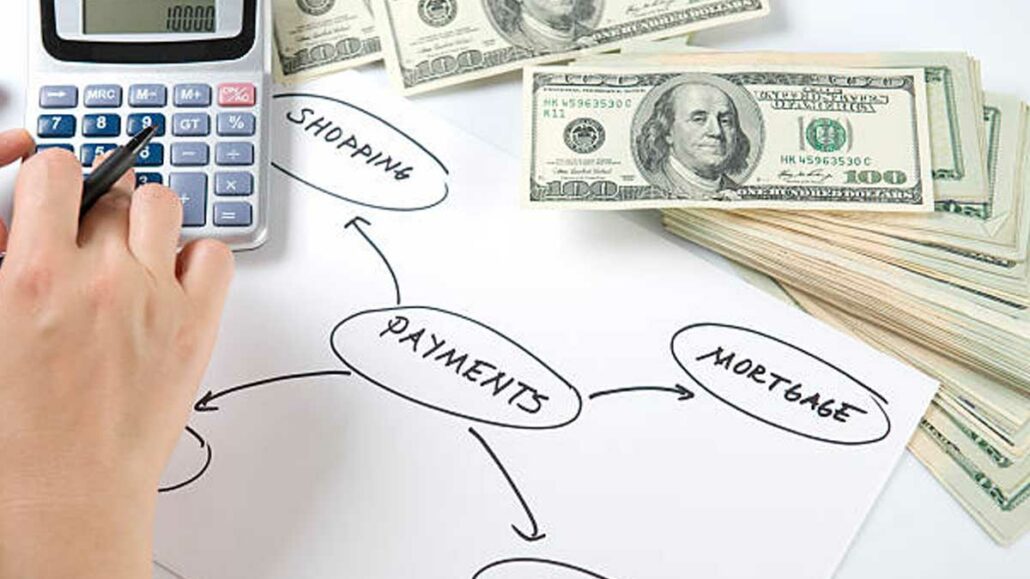Debt can be a crushing burden, impacting your financial stability and mental well-being. When repayment becomes insurmountable, loan discharge offers a potential path to relief. But what exactly is loan discharge, and how does it work? Learn about loan discharge options, eligibility requirements, and the application process. Find out if you qualify for loan discharge and get expert guidance.

What is Loan Discharge?
Loan discharge refers to the cancellation or forgiveness of a loan obligation, meaning you are no longer legally required to repay the remaining balance. This process is distinct from loan forbearance or deferment, which temporarily pauses or reduces payments but does not eliminate the debt.
Types of Loan Discharges
Understanding the different types of loan discharges is crucial for navigating your options. Here are some key categories:
- Bankruptcy Discharge:
- Bankruptcy, under Chapters 7 or 13, can lead to the discharge of certain debts.
- Chapter 7: Liquidates assets to pay off creditors, discharging remaining eligible debts.
- Chapter 13: Creates a repayment plan over 3-5 years, with remaining eligible debts discharged upon completion.
- Not all debts are dischargeable in bankruptcy, including most student loans and certain tax obligations.
- Disability Discharge (Total and Permanent Disability – TPD):
- For federal student loans, individuals with a total and permanent disability may qualify for discharge.
- This requires documentation from a physician, the Department of Veterans Affairs, or the Social Security Administration.
- It eliminates the obligation to repay the remaining balance.
- Closed School Discharge:
- If your school closes while you’re enrolled or shortly after you withdraw, you might be eligible for the discharge of your federal student loans.
- This protects borrowers from paying for education they didn’t complete.
- False Certification Discharge:
- If your school falsely certified your eligibility for a loan or signed your loan application without your permission, you may qualify for discharge.
- This covers situations like identity theft or the school’s failure to meet specific requirements.
- Borrower Defense to Loan Repayment:
- If your school engaged in misconduct or violated state law related to your loan or the services it provided, you can apply for a borrower defense discharges.
- This is often applied to for-profit schools that defraud students.
- Public Service Loan Forgiveness (PSLF):
- While technically forgiveness and not discharges, it is a form of eliminating student loan debt.
- After 120 qualifying payments while working full-time for a qualifying public service employer, the remaining balance can be forgiven.
Conditions for Loan Discharge
Eligibility for loan discharge typically hinges on demonstrating extreme financial hardship or qualifying under specific legal protections.
Financial Hardship
This includes unemployment, excessive medical expenses, or severe economic distress. Proof of financial hardship is typically required.
Disability
A total and permanent disability can qualify a borrower for student loan discharge. Verification through the U.S. Department of Education or the Social Security Administration is necessary.
Death
In the case of a borrower’s death, federal student loans are discharged. For private loans, policies vary by lender.
Federal vs. Private Loan Discharge
There are notable differences between federal and private loan discharge options:
- Federal Loans: Typically more lenient, with multiple pathways like Public Service Loan Forgiveness (PSLF), Closed School Discharge, and Total and Permanent Disability (TPD) Discharge.
- Private Loans: Discharge options are more limited, often requiring legal action or negotiations with creditors.
Student Loan Discharge Programs
Student loan discharge can be achieved through various programs:
- Public Service Loan Forgiveness (PSLF): Available to government or nonprofit employees after 120 qualifying payments.
- Total and Permanent Disability (TPD) Discharge: For borrowers who are completely and permanently disabled.
- Closed School Discharge: Applicable if the borrower’s school closed while they were enrolled or shortly after they withdrew.
Mortgage Loan Discharge Options
Mortgage discharge can occur through:
- Bankruptcy: Chapter 7 bankruptcy can discharge unsecured mortgage debt, while Chapter 13 may restructure payment plans.
- Foreclosure: While not a direct discharge, foreclosure can eliminate mortgage debt if the property is sold at a loss.
- Short Sale: A short sale, where the lender accepts less than the loan balance, may result in partial discharge.
Personal Loan Discharge
Personal loans can be discharged through:
- Debt Settlement: Negotiating a reduced payment with creditors.
- Bankruptcy: Primarily Chapter 7 or Chapter 13, depending on the borrower’s financial situation.
- Hardship Programs: Lender-specific programs designed for borrowers facing extreme difficulty.
Bankruptcy and Loan Discharges
Bankruptcy is a legal avenue for loan discharge but can have long-lasting consequences:
- Chapter 7: Complete discharge of eligible debts but may lead to asset liquidation.
- Chapter 13: Establishes a repayment plan, potentially discharging remaining balances after completion.
Loan Discharge for Veterans
Veterans may access specialized loan discharge programs due to service-related disabilities or under the Total and Permanent Disability (TPD) discharge program for federal student loans.
Impact of Loan Discharges on Credit Score
Loan discharge can initially lower credit scores due to the reporting of settled or discharged debt. Over time, rebuilding credit is possible through responsible financial practices.
Tax Implications of Loan Discharges
Discharged debt is often considered taxable income by the IRS. Borrowers may receive a Form 1099-C, which must be reported during tax filings. However, some student loan discharges are now tax-exempt through 2025 under the American Rescue Plan.
Eligibility Criteria
Eligibility for loan discharge varies significantly depending on the type of loan and the discharge program. Generally, you’ll need to provide documentation to support your claim, such as:
- Medical records for disability discharge.
- School closure notices or false certification documents.
- Bankruptcy court filings.
- Proof of qualifying public service employment.
- Death certificate.
The Loan Discharge Process
The process for seeking loan discharges typically involves:
- Determining Eligibility: Research the specific discharge program and its eligibility requirements.
- Gathering Documentation: Collect all necessary supporting documents.
- Submitting an application: Complete and submit the required application form to the appropriate lender or agency.
- Waiting for Review: The lender or agency will review your application and documentation.
- Receiving a Decision: You will receive a notification of the decision, which may include approval or denial.
FAQ’s
Can all loans be discharged?
No, not all loans can be discharged. Eligibility depends on the type of loan and specific discharges program.
Is it easy to discharge student loans in bankruptcy?
No, it’s very difficult. You must prove “undue hardship,” which is a high legal standard.
What is the difference between loan discharges and loan forbearance?
Loan discharge cancels the debt, while forbearance temporarily pauses or reduces payments.
How do I apply for disability discharge for my student loans?
You can apply through the Total and Permanent Disability (TPD) Discharge website.
What is Borrower Defense to Repayment?
It’s a program that allows you to have your federal student loans discharged if your school engaged in misconduct.
Does Loan discharges affect my credit score?
Yes, Loan discharge can negatively affect your credit score, especially in the case of bankruptcy.
Where can I get more information about Loan discharges?
You can get more information from the Federal Student Aid website, the U.S. Bankruptcy Courts website, and your loan servicer.
What is the PSLF program?
The Public Service Loan Forgiveness program discharges the remaining balance on your federal direct loans after 120 qualifying payments while working full-time for a qualifying public service organization.
What constitutes “undue hardship” for student loan bankruptcy discharges?
This is determined by the court and typically involves proving that you cannot maintain a minimal standard of living if forced to repay the loans.
Can private student loans be discharged?
Private student loan discharges is possible, but less common and dependent on the lender’s policies and individual circumstances.
Conclusion
Loan discharge offers significant relief for individuals burdened by overwhelming debt. While the process can be complex and may come with tax implications or credit score impacts, it provides a pathway to financial recovery for those who qualify. Understanding the different types of loan discharges, the conditions required, and the application process can empower borrowers to make informed decisions. As policies and legislation continue to evolve, staying updated is essential for maximizing the benefits of loan discharges.

